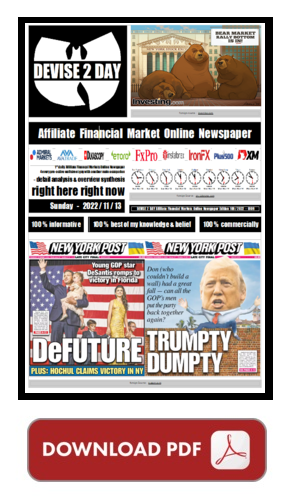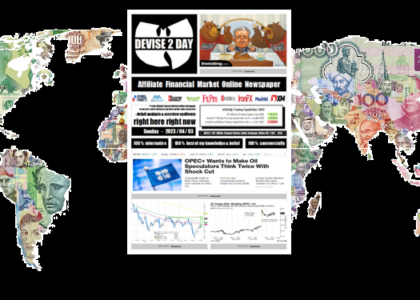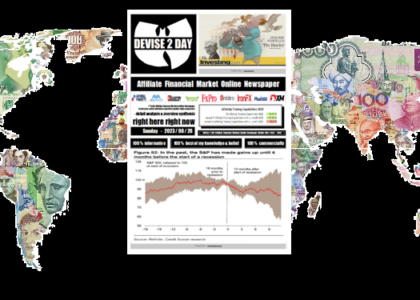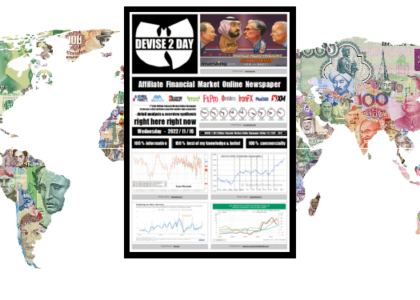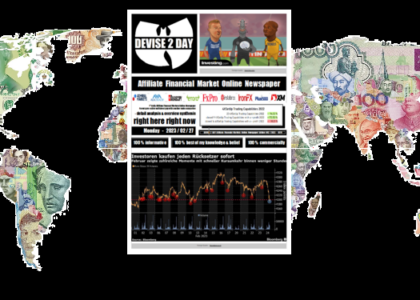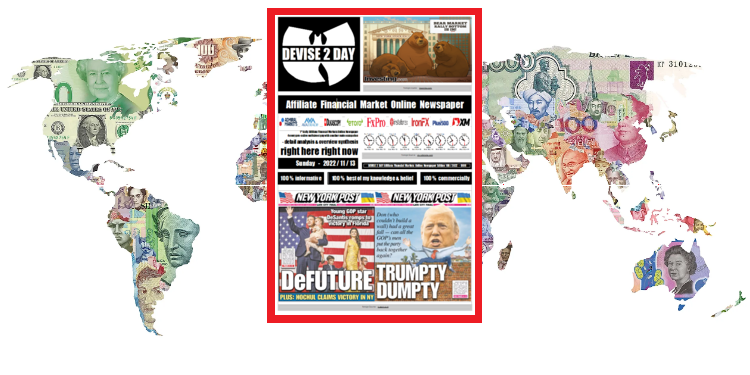
2022/11/13 (109) Technical Analysis – XETR-CON & GBPUSD
This Long GBPUSD 4XSetUp Trading Capability Has Worked
– At Least As Far As The Entry Is Concerned! But Not More Either…
A Strong GBPUSD Cross Pair Is On The Other Hand More Or Less Always A Weak DXY
– That`s Why We Shouldn`t Ignore Some Key Technical Price Action Zones Across The DXY
99.910 points on 2022/02/20 was the intraday high before the corona virus outbreak crash – and that before as the stock market crashed.
94.650 points on 2002/03/09 was the intraday low crash while the corona virus outbreak – and that as the stock market started to crashed.
102.992 points on 2022/03/20 was the intraday high while the corona virus outbreak crash – and that more or less around stock market lows.
These price action zone is important – yes even essential. Because, if the DXY falls back into this price action zone (betwenn 102.992 and/or 94.6450 points) we can technicly argue that if the DXY is trading within this zone, the long-term uptrend has been briefly broken. And then we have to ask ourselves the question in the medium term? What’s next?
99.667 points on 2018/10/01 was the yearly high 2019
97.693 points on 2018/11/12 was the yearly high 2018
103.820 points on 2017/01/03 was the yearly high 2017
103.650 points on 2016/12/16 was the yearly high 2016
100.510 points on 2015/12/02 was the yearly high 2015
However Let`s Focus Back On The Last Price Action Of The 10Y Yields And/Or Stock Markets On Both Sides
US 10Y Bond Yield Hits 4-Week Low And/Or US 10 Year Government Bond Yeld Decreased To A 4-week Low Of 3.8237%
US 10 Year Government Bond Yeld decreased to a 4-week low of 3.8237%
The yield on the UK’s 10-year Gilt remained around 3.3%, its lowest level since September 20th, as investors were weighting weak economic data againstexpectations the US Fed will become less aggressive on interest rate hikes following the release of weaker-than-expected US CPI data. The UK economy contracted by 0.2% in Q3 while The Bank of England has predicted Britain’s economy would go into a two-year recession if interest rates rose as much as investors had been pricing. Elsewhere, investors await British Finance Minister Hunt’s autumn statement due next week. UK 10-year bond yields started to sharply rise in late September and hit a 14-year high of 4.6% on October 12th, after the market took fright at government plans to fund tax cuts by borrowing, which ultimately forced Liz Truss to resign and new PM Rishi Sunak to reverse most of her mini-budget measures. Markets are now more stable, with government borrowing costs broadly back to where they were before the turmoil.
US Stocks End Week Sharply Up And/Or FTSE 100 Fails To Hold Gains
US equities closed Friday session higher after a choppy morning session, extending Thursday’s sharp gains prompted by weaker-than-expected CPI reading for October which reinforced the case for only a modest 50 bps hike in December. The S&P 500 closed up 1%, bringing the weekly gain to 5.9%, the strongest since June. The Nasdaq 100 rose 1.9%, closing the week almost 9% higher, the best performance in 2 years as a sharp decline in Treasury yields brought respite to beaten-down technology and other high-growth stocks. Meanwhile, the Dow was up 0.1%, adding 4% on the week as China eased some Covid restrictions sparking gains for US-listed Chinese stocks and commodities while fresh turmoil in the crypto space spooked some investors. FTX exchange has officially filed for bankruptcy, pushing cryptocurrencies sharply down while sending shockwaves through other risk asset classes.
Equities in London failed to hold their initial upside momentum to close Friday’s session on a weak note, with the blue-chip FTSE 100 bottoming around 7,300, as sharp losses in the healthcare sector were enough to offset gains among heavyweight materials stocks. BAE Systems dropped around 8%, the most on the FTSE 100 index, while big miners Anglo American and Rio Tinto outperformed by adding 8% and 5%, respectively, amid soaring commodities prices. On the data front, the British economy shrank 0.2% on quarter in Q3 2022, the first contraction in 1-1/2-years but lower than market forecasts of a 0.5% drop, preliminary estimates showed. The exporter-heavy index ended the week virtually flat.Dollar Hovers Near Three-Month Low While Sterling Hits 2-1/2-Month High
The dollar index depreciated below 107, a level not seen since mid-August, as softer-than-expected US data set the stage for a slower pace of interest rate hikes by the Federal Reserve. A Bureau of Labor Statistics report showed that the annual inflation rate eased to 7.7%, below economists’ forecasts of 8%. The report also showed the CPI coming in cooler than expected on a month-on-month basis and in its core reading. Money markets are currently priced for a more moderate 50 basis point Fed rate hike in December after it delivered four consecutive 75 basis point increases. Given the above, the DXY is now down more than 3% this week, on track for its worst week since March 2020. The British pound extended gains against the USD, to trade above the $1.18 mark for the first time late August. Data on Friday showed the UK economy contracted 0.2% in the third quarter, less than markets had expected, suggesting the Bank of England will maintain its policy tightening path as the UK inflation rate is running at a 40-year high. Last week, UK policymakers delivered a 75 basis point rate hike, the most significant rate increase since 1989. Also, investors turned to riskier currencies after the US CPI report showed inflation rate slowed more than expected last month, trimming bets on faster interest-rate hikes by the Federal Reserve. On the political front, British Finance Minister Jeremy Hunt is set to outline up to £60 billion of tax rises and spending cuts, including at least £35 billion pounds in cuts following the Bank of England’s recession warning.
By the way, the offshore yuan jumped to around 7.10 per dollar, hitting its strongest levels in over a month after China eased some Covid rules by reducing the quarantine period for travelers and close contacts of infected people. Chinese authorities would also cease the practice of identifying close contacts of close contacts, dialing back strict contact tracing measures that earned the ire of the public. Moreover, the yuan was boosted by softer-than-expected US inflation data which raised hopes for a slower pace of interest rate hikes from the Fed. China’s currency has come under heavy selling pressure throughout the year due to the country’s divergent monetary policy with the US, as well as persistent economic concerns in China driven largely by Covid-related disruptions.
good morning, good day, and/or good night
at whatever time, wherever you are !
right here right now :

